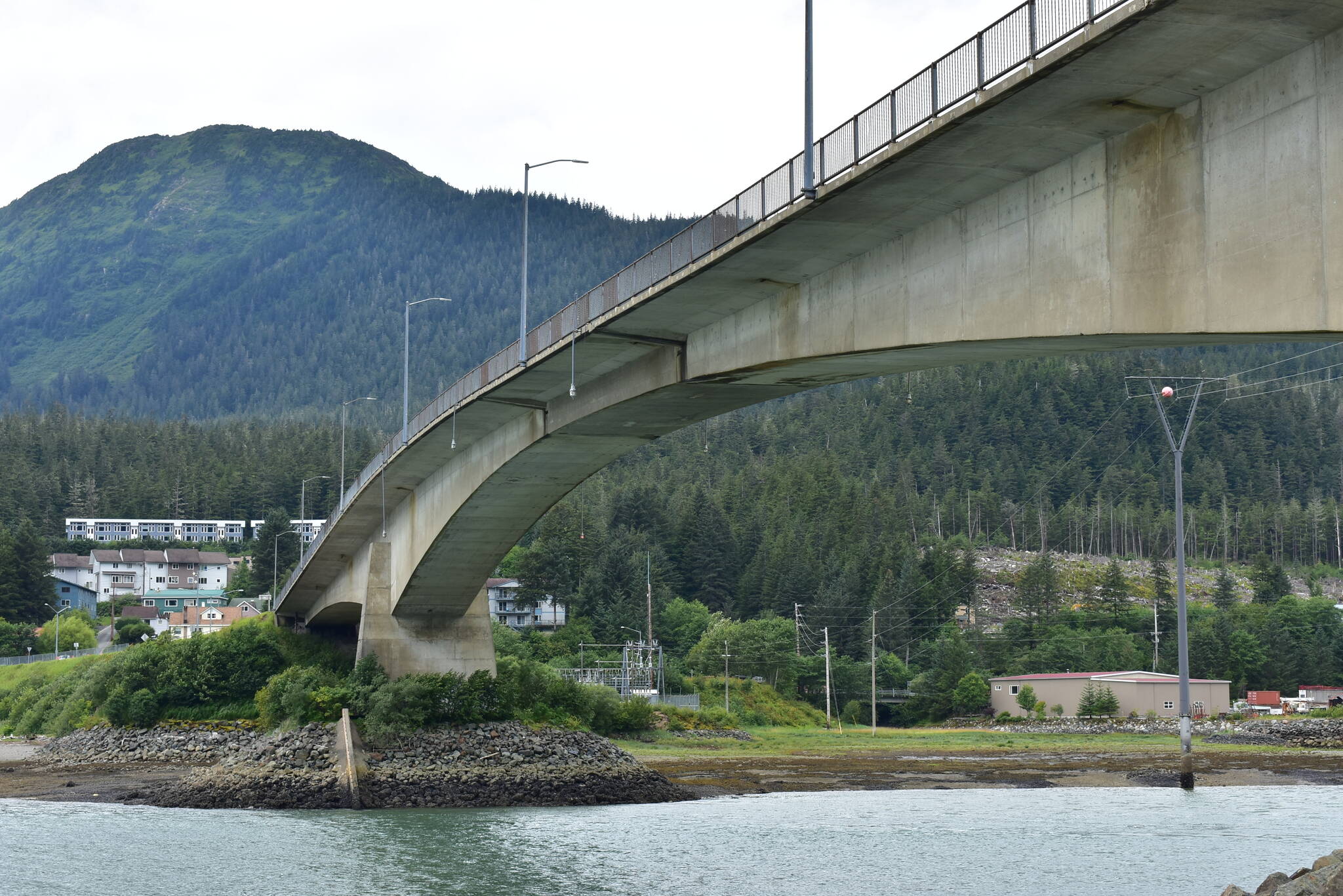Last week’s open forum to discuss alternatives for a second road crossing to Douglas Island didn’t draw much of a crowd. That may be because if it is built, construction won’t begin for five years or more. Work on the Environmental Impact Statement hasn’t even begun. And that’s the process that will define the preferred alternative.
But this new highway project will be scrutinized differently than others during the past 30 years. That’s because regardless of which alternative is selected, it will have a negative impact on one or more residential areas.
That didn’t happen when the Auke Rec bypass was built in the late 1990s. Homeowners along the existing highway benefited from a significant reduction of traffic.
To some extent, a similar thing happened several years later when Ocean View Drive at Lena Point was built. New home construction along that road and the opening of the Ted Stevens Marine Research Institute Traffic caused traffic to increase in the area. But very little of it, if any, was on Lena Loop.
Also, neither of those projects were environmentally controversial.
This project will impact the sensitive Mendenhall Wetlands State Game Refuge. Because of that and the impacts to residential areas, the Alaska Department of Transportation and Public Facilities and CBJ wisely decided to engage the community early in the scoping process.
Three of nine possible alternatives have already been eliminated. The remaining six have one thing in common. The connections to existing highways on one side or the other will be within 100 feet of residential property.
On opposite ends of the map are the Salmon Creek and Mendenhall Peninsula alternatives. (Full disclosure: I live on the peninsula. However, a new road along the uplands won’t impact my property.) One benefit is both sites avoid what we visually recognize as the wetlands. But with one being too close and the other too far from downtown, neither adequately fulfills the defined need to reduce transportation related energy consumption. And they each have challenging engineering problems to overcome.
The peninsula route would easily cost the most. And based on CBJ’s property maps, the Salmon Creek alternative looks like the only alternative that’s likely to displace a homeowner. Which makes it the worst.
The two middle alternatives — Vanderbilt and the Sunny Point Area — both take advantage of existing Egan Drive intersections. They’re about halfway between the Mendenhall Valley and downtown. And they can tie into North Douglas highway on property owned by CBJ.
The Twin Lakes alternative would technically be within the boundaries of the Wetlands Game Refuge. But it’s more of a mudflat that gets inundated at high tide. The impact on residential areas on both sides is less than others. The problem there is it seems impractical to create a new intersection on Egan Drive without a traffic light. That’s a terrible idea.
The last alternative would connect to Egan Drive at West Sunny Point. That makes no sense when there’s an existing interchange a half mile away on on the other side of Sunny Point, especially since it would be more expensive and have a bigger footprint on the Wetlands.
So when I put on my engineer’s glasses, I only see two viable alternatives for this project – Vanderbilt and the Sunny Point Area. And Vanderbilt is the better of the two because it’s not immediatley adjacent to private property on the Juneau side, creates a smaller footprint on the wetlands, and could utilize adjacent CBJ lots at the North Douglas Highway connection.
But even those will negatively affect some residents in ways unrelated to the road’s proximity to private property lines. Some peole will experience a permanent disruption to the years of relative peace and quiet they’ve enjoyed. Others might be subjected to nighttime headlights constantly beaming toward the windows of their homes.
It’s unlikely such complaints by themselves would stop construction. It’s a matter of genuinely listening to all the concerns of residents who have something to lose. Those shouldn’t be muted just because many more will benefit from the reduction of travel time to and from North Douglas.
Mostly, I think they should be given more consideration than the impacts to the wetlands’ scenic viewshed and its fish and wildlife. Because as a member of this community, that’s how I would want to be treated.

